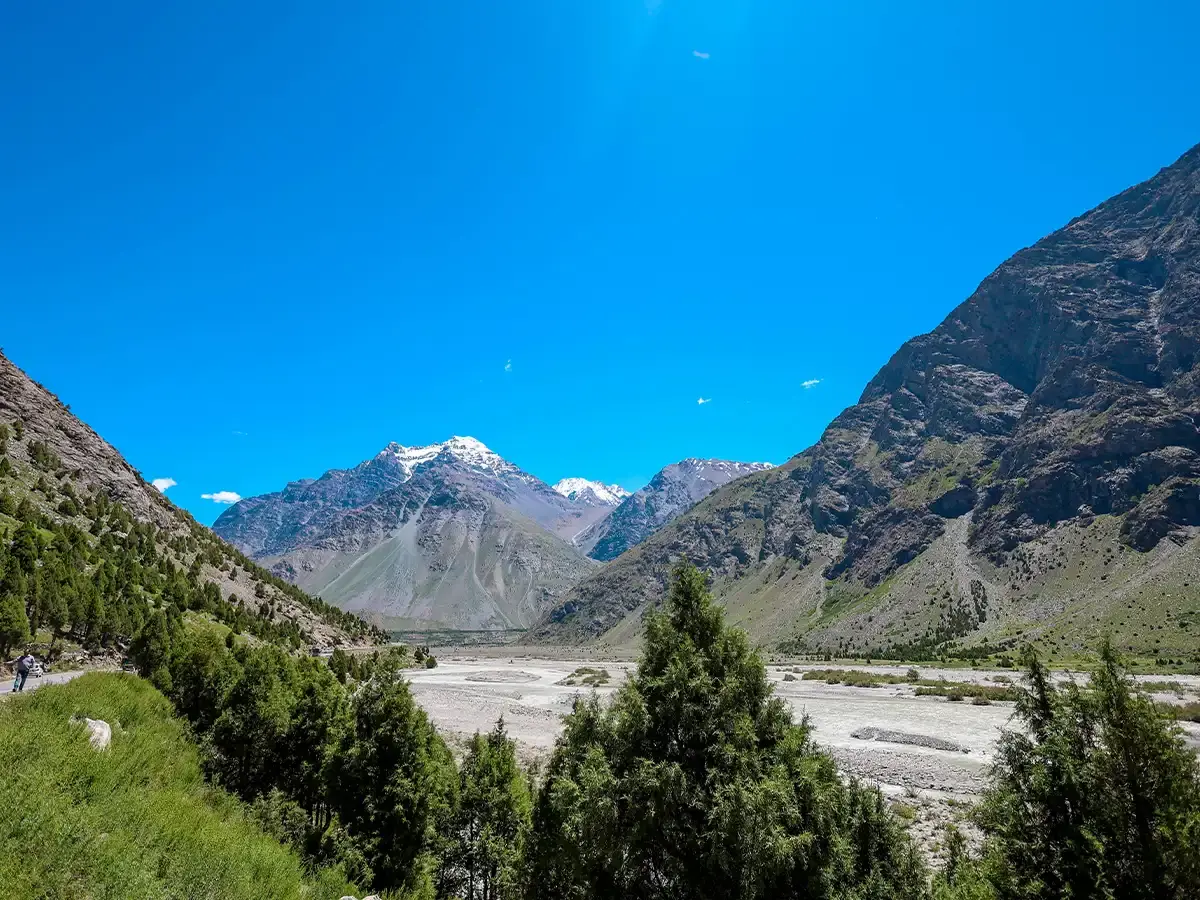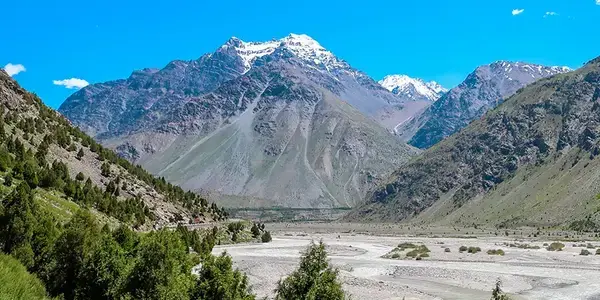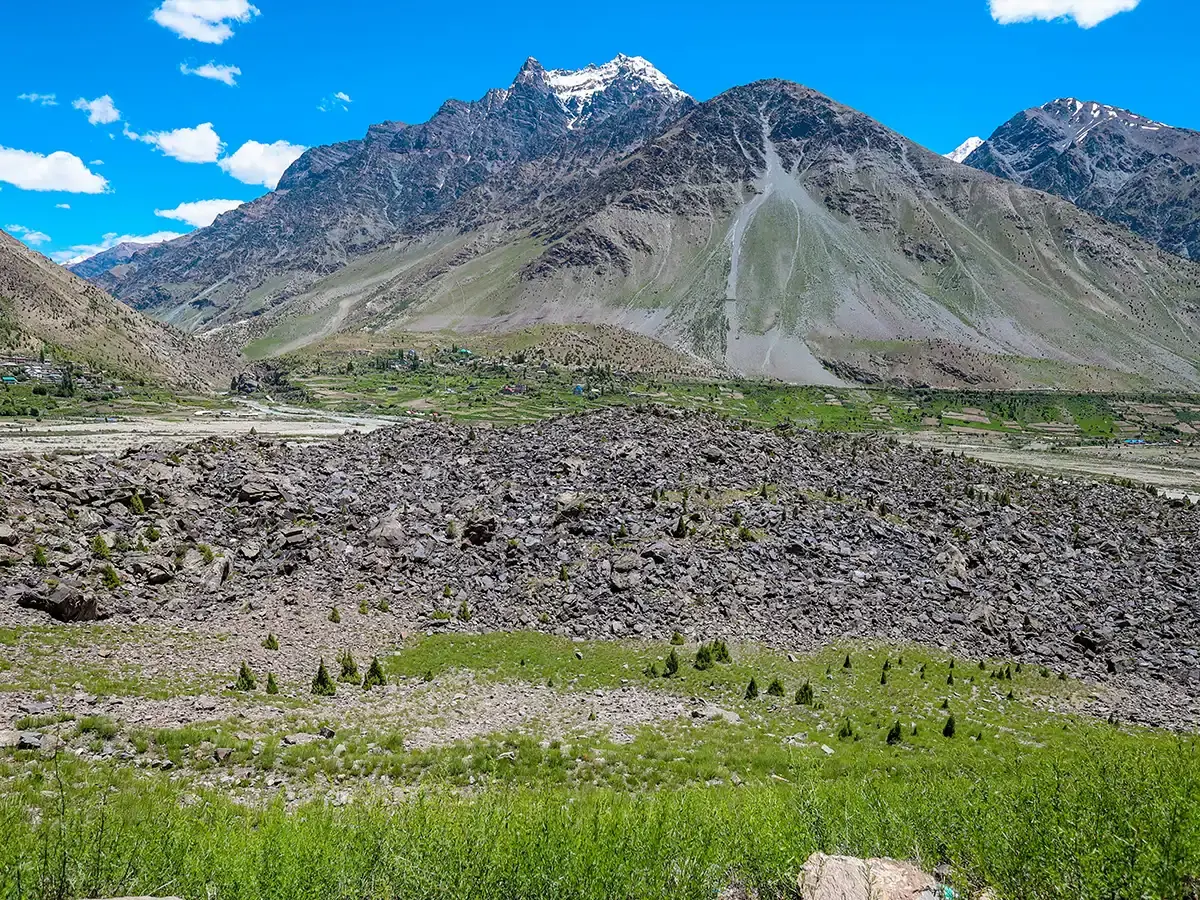


Lahaul, once part of the ancient kingdom of Western Tibet, has long served as a cultural and trade bridge between India and Central Asia. Historically, it lay on the Silk Route that connected Kashmir, Ladakh, and Tibet. With the spread of Buddhism across the Himalayas, Lahaul became a spiritual stronghold, peppered with monasteries dating back over 1000 years.
During the British Raj, Lahaul was considered remote and isolated, accessible only during summer via the dangerous Rohtang Pass. Post-independence, it merged into ...

Places To Visit In Lahaul Valley
Top places to visit in Lahaul Valley.
.webp)
Images Of Lahaul Valley
Experience Lahaul’s raw landscapes, mountains and villages through images
Places To Visit In Lahaul Valley
Images Of Lahaul Valley


Lahaul, once part of the ancient kingdom of Western Tibet, has long served as a cultural and trade bridge between India and Central Asia. Historically, it lay on the Silk Route that connected Kashmir, Ladakh, and Tibet. With the spread of Buddhism across the Himalayas, Lahaul became a spiritual stronghold, peppered with monasteries dating back over 1000 years.
During the British Raj, Lahaul was considered remote and isolated, accessible only during summer via the dangerous Rohtang Pass. Post-independence, it merged into Lahaul and Spiti district in Himachal Pradesh. With the opening of the Atal Tunnel in 2020, Lahaul has been rediscovered, offering year-round access and redefining winter tourism in the region.
Altitude: Ranges from 9,000 to 16,000 ft.
Climate: Cold desert climate; summer is short, winter is long and snowy.
Languages Spoken: Bhoti, Lahauli, and Hindi
Famous Monasteries: Keylong Gompa, Shashur Monastery, Tayul Monastery
River System: Formed by the confluence of Chandra and Bhaga rivers, which later merge to form the Chenab River.
Population Density: One of the lowest in India
Religion: Predominantly Tibetan Buddhism and Hinduism coexist peacefully